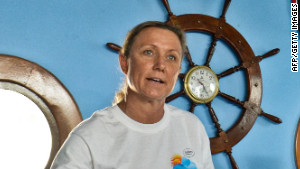When it comes to punishing your kids, where do you draw the line?
Is it a time out? A lecture on actions and consequences? A firm squeeze on the arm when your toddler is acting out in the supermarket? Or a spanking after a full-on meltdown at home?
 Parental discipline is a divisive topic, and it was recently brought to the forefront by a study published this month in the journal Pediatrics that linked spanking to mental illness. When CNNhealth.com expert Dr. Jennifer Shu wrote an article on Monday summarizing the study's findings, our readers responded.
Parental discipline is a divisive topic, and it was recently brought to the forefront by a study published this month in the journal Pediatrics that linked spanking to mental illness. When CNNhealth.com expert Dr. Jennifer Shu wrote an article on Monday summarizing the study's findings, our readers responded.We reached out to CNN.com commenter Dr. David Safir, a California-based pediatrician, father of five and grandfather of five, and asked him to talk to us about his views on spanking. He said he was spanked as a child, spanked his own children when necessary and believes the occasional use of physical punishment -- not abuse -- can be an effective tool for parents.
Safir's opinions are not the most popular in the child health care community, or at least not the most widely vocalized.
"I think a lot of pediatricians are simply intimidated. They might even agree with me, but they're scared to death to be seen in public as seen as espousing physical authority," he said.
His overarching belief is that children need to learn discipline to function in society. If a spanking or a firm squeeze to the arm or neck is needed at times to teach this lesson, so be it. "If someone can teach those limits without physical authority, more power to them," he said.

"Of all the crimes that children commit, contempt for authority is the biggest one. It leads to nothing but trouble in a child's life."
Dr. Barbara Greenberg, a Connecticut-based psychologist specializing in parenting, teens and family, strongly disagrees.
Although some people say they turned out "OK" after having been spanked as children, "I think those people saying they turned out OK are lucky," she said. "And second, they might have turned out more OK if they weren't spanked."
"Physical punishment instills a feeling of shame," Greenberg added. "It's a very embarrassing thing to be spanked, and shame is one of the most intolerable feelings to experience." Shame also leads to depression and anxiety, she said.
According to the recent research, there are serious consequences. The Pediatrics study linked punishments such as slapping, hitting, pushing and shoving to mood disorders, anxiety disorders, substance abuse and personality disorders in 2% to 7% of those observed.
Greenberg also worries about the message spanking sends to children.
"All through your life you're going to have conflicts," she said. "In marriage, with bosses. But you're not going to be grabbing people and hitting them; you'll lose your job."
Safir, on the other hand, feels hitting doesn't beget hitting when it comes to parenting.
"Two-year-olds think it's OK to hit anyway, that's instinctual," he said. Instead, he thinks it teaches them to stop whatever behavior led to the spanking, and that that's a parent's job.
"Here's the problem: During my career, every 10 years, I see the level of contempt for authority increase," Safir said, attributing children's attitudes to what he describes as a child-centered culture that puts children in charge instead of parents.
"If children don't learn that society has rules of conduct and consequences for bad behavior, they grow up into a culture in which they're often useless. They can't work, they can't get a job, they have no respect for people above them."
In a recent article, CNN contributor Roland Martin talked about how being spanked during his childhood influenced his decision to spank a niece who lived with him.
"You may not like it, and that's fine," he wrote. "But it did the trick. Those girls didn't leave their homework again. I wanted them to have the fear of facing me if they messed up. One of the reasons I didn't act a fool when I was in school was because I feared my father taking the belt to my butt, and that was enough to keep me on the straight and narrow."
Po Bronson, co-author of "NurtureShock," a book that questions modern methods of nurturing children, said in an e-mail, "Expressed anger and hostility at children always is destructive, and anger can come across in many ways and forms, physical and psychological."
There's no style of discipline that has ever been proven to work regularly with all children, Bronson said. Evidence has not shown that discipline, punishment and withdrawal of privileges reliably amount to anything, he said.
"Kids need to be taught right and wrong, but the presumption we need to punish them to teach them this is not supported by the science. It's not clear at all that punishment -- in any form -- is the answer, even though every culture uses punishment in some form."
Parents and professionals may never agree on where to draw the line when it comes to teaching children right from wrong. Where do you draw the line with your kids?
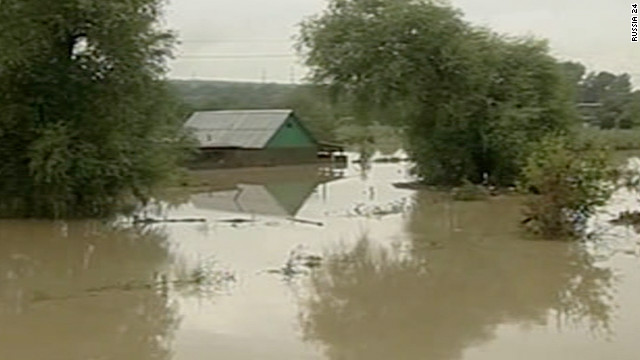







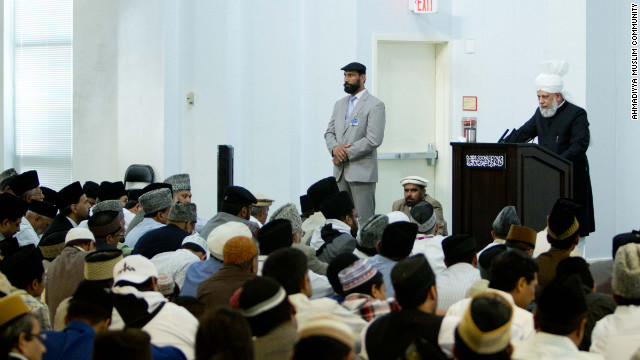
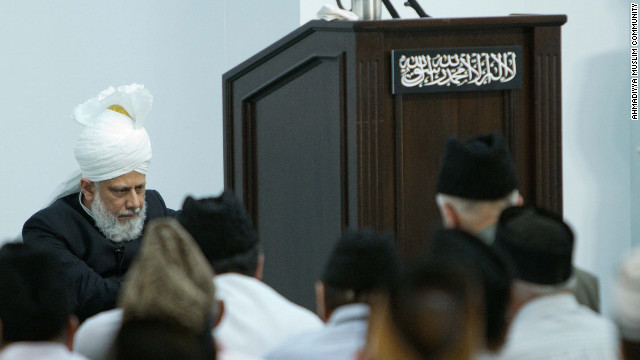
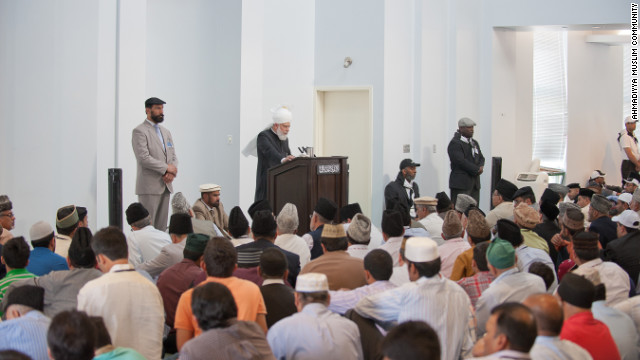
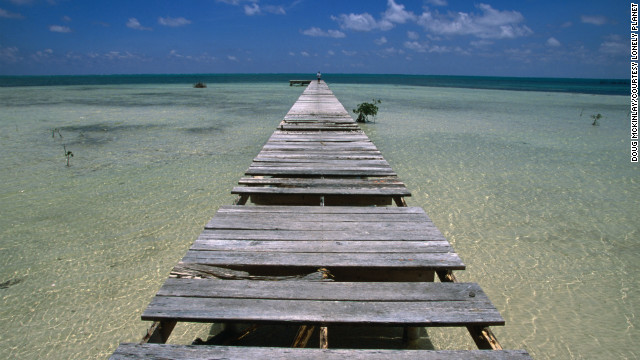
 4
4 0
0



